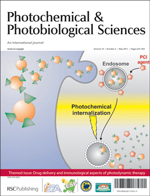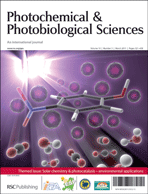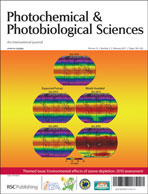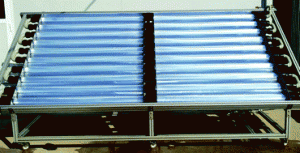 Issue 5 of Photochemical and Photobiological Sciences has now been published online and is a themed issue on Drug delivery technologies and immunological aspects of photodynamic therapy.
Issue 5 of Photochemical and Photobiological Sciences has now been published online and is a themed issue on Drug delivery technologies and immunological aspects of photodynamic therapy.
The guest editors Kristian Berg (Oslo University Hospital), Jakub Golab (Medical University of Warsaw), Mladen Korbelik (British Columbia Cancer Agency) and David Russell (University of East Anglia), introduce the topic in their editorial which you can read here.
The cover features an article from Gang Zheng and co-workers in Canada and China entitled ‘Cytosolic delivery of LDL nanoparticle cargo using photochemical internalization’. In this study endolysosmal disruption using PCI was attempted on surface-loaded, protein-loaded and core-loaded cargo incorporated into LDL nanoparticles. You can read the full article here.
















